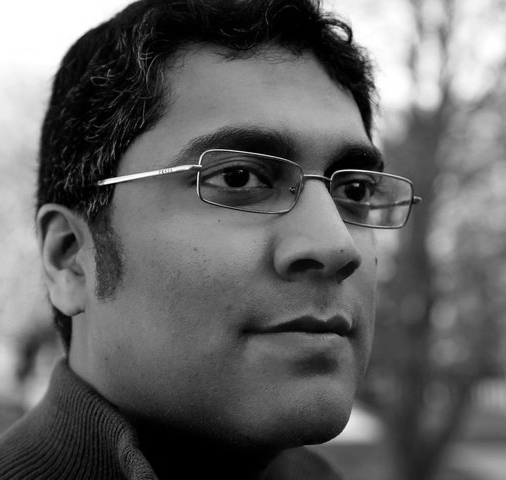|
Journal of Urban Design and Mental Health 2017;2:7
|
An Economic Perspective: Productivity, the City and the Mind
Rahul Sinha, Economist and Data Scientist, Washington DC, USA
Do particular spaces lift us up, bring us down, encourage creativity, or enforce compliance? It can be hard to find objective data that describes the intuitions and observations that we can easily make about how we respond to different spaces. All of us have been in constructed environments, indoors or outdoors that have distracted us, repelled us, or seduced us. These reactions are real, but how can the economic impact be measured?
The city has an impact on how people work: several studies have recently linked urban contexts and per-unit-hour labour productivity. The question follows: what are the qualities of the urban environment that have this effect? What is the mechanical process through which density and population impact the worker? Perhaps the requisite changes in urban design needed to accommodate density have other unanticipated but helpful consequences.
More study is needed, but if there has been one message from the behavioural economics revolution, it is that people’s state of minds drive economic phenomena as much or more than vice versa. If there is an economic impact to architecture, land use, zoning, urban planning and thus urban design, it must in some part be because those disciples, policies, and processes have an impact on the resident population’s psyche. If urban design can impact productivity, it has already impacted mental wellbeing.
Having the intuition that economics may be a tool to model the relationship between urban design and mental health isn’t the same as having conducted the relevant study. There is some difficulty in identifying objective instrumental variables that can grapple with urban design’s various forms of complexity without begging the question at hand, other than to look at administrative data like density or passengers-per-lane-kilometre.
The same is true, to a lesser degree, in terms of the measurement of mental health impairment: is productivity the best lens to identify the polarity and intensity of the impact of phenomena on the psyche, or simply the one most regularly and granularly collected? That there is a link between mental health and productivity isn’t exactly novel, but as yet no one has linked that observation with this new research regarding urban productivity.
For all the methodological challenges, the application of econometrics and administrative data about labour productivity to architecture, urban planning, and psychology is quite exciting. If that link can be refined from the municipal level to the structural level, an entirely new evaluation approach for architecture or urban planning may arise, with profound consequences for zoning policies and the like.
The city has an impact on how people work: several studies have recently linked urban contexts and per-unit-hour labour productivity. The question follows: what are the qualities of the urban environment that have this effect? What is the mechanical process through which density and population impact the worker? Perhaps the requisite changes in urban design needed to accommodate density have other unanticipated but helpful consequences.
More study is needed, but if there has been one message from the behavioural economics revolution, it is that people’s state of minds drive economic phenomena as much or more than vice versa. If there is an economic impact to architecture, land use, zoning, urban planning and thus urban design, it must in some part be because those disciples, policies, and processes have an impact on the resident population’s psyche. If urban design can impact productivity, it has already impacted mental wellbeing.
Having the intuition that economics may be a tool to model the relationship between urban design and mental health isn’t the same as having conducted the relevant study. There is some difficulty in identifying objective instrumental variables that can grapple with urban design’s various forms of complexity without begging the question at hand, other than to look at administrative data like density or passengers-per-lane-kilometre.
The same is true, to a lesser degree, in terms of the measurement of mental health impairment: is productivity the best lens to identify the polarity and intensity of the impact of phenomena on the psyche, or simply the one most regularly and granularly collected? That there is a link between mental health and productivity isn’t exactly novel, but as yet no one has linked that observation with this new research regarding urban productivity.
For all the methodological challenges, the application of econometrics and administrative data about labour productivity to architecture, urban planning, and psychology is quite exciting. If that link can be refined from the municipal level to the structural level, an entirely new evaluation approach for architecture or urban planning may arise, with profound consequences for zoning policies and the like.
| Full text PDF: Productivity, the City and the Mind |
About the Author
|
Rahul Sinha is an economist and data scientist at Inquiry, providing policy research, economic analyses, and related public engagement strategies for education policy and international development projects. Contact Rahul @rahulsindc.
|


